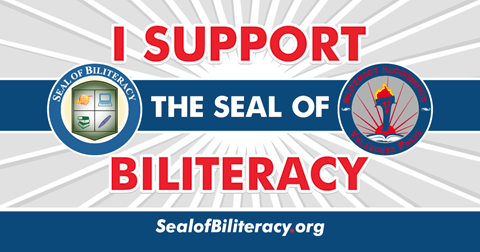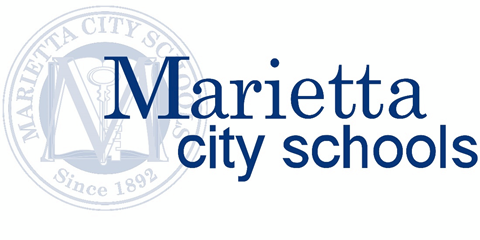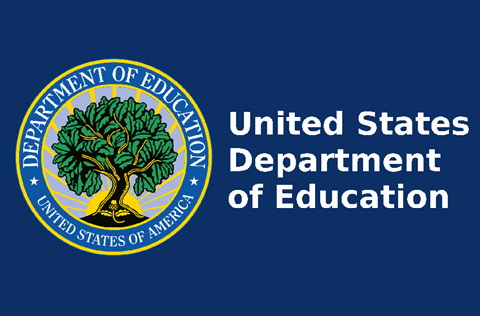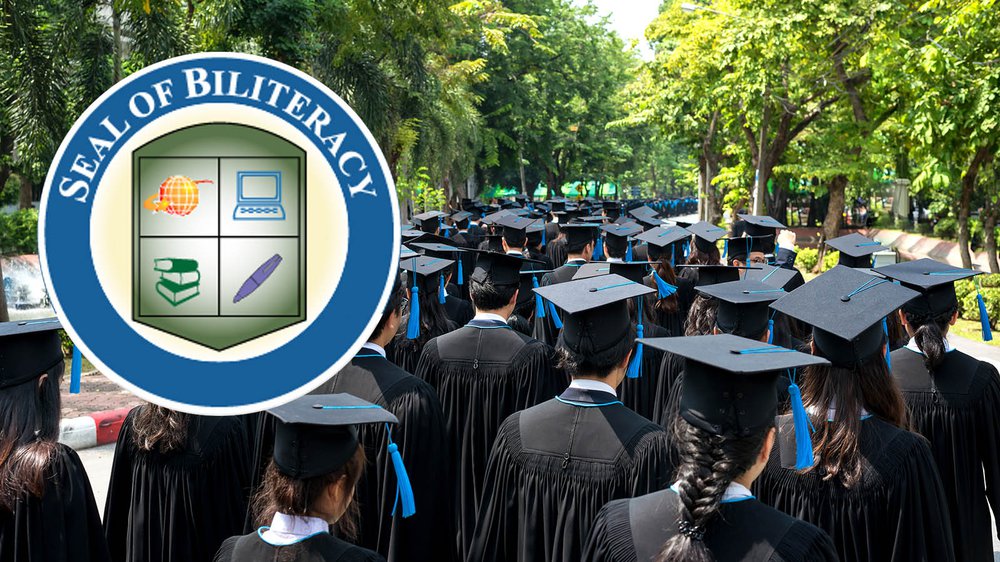Why biliteracy programs are needed more than ever – By Sarah Webb and Sarah Tilton, District Administration
When schools closed last spring, educators and policymakers worried about what this would mean for multilingual learners, and their concerns are still very real. English learners make up 10 percent of the national student population, with many more students being fully bilingual, meaning they’re proficient in English and another language. In addition to a lack of equitable resources, such as digital tools, multilingual families often face a language barrier that exacerbates every challenge inherent to remote learning.
Now more than ever, it’s time to embrace the plurality of languages in US schools, and how they affect our students and their families. The concept of biliteracy means that students develop language and literacy skills in two languages, usually English and the home language. For 75 percent of English learners in the United States, that home language is Spanish. English-only programs have been proven ineffective while bilingual programs have helped language learners outpace their monolingual peers.
Fortunately, 38 states and the District of Columbia have adopted Seal of Biliteracy initiatives that recognize students who graduate with literacy in two languages. However, the number of programs providing students a workable pathway toward getting to this goal is still far too small. And in a 2016-17 survey, the most recent available, 15 fifteen states reported their schools had no dual-language programs. Instead, as the “English learner” label suggests, the current focus generally remains on helping these students learn English, often to the detriment of the home language and their overall educational opportunities. The graduation rate among English learners is 67 percent, well below the 85 percent rate for non-ELs.

Our Students Often Have Run-Ins With Police. We Started a Two-Way Dialogue to Help – By Brittney Wilson and Farhat Ahmad, EdSurge
Ignacio first came to our alternative education program after a violent confrontation with school resource officers. His choice of friends left him at risk for gang activity, drug use, violence and dropping out. In some ways, he was hanging onto school by a thread.
But as he spent time with us in the classroom we got to know him. He talked about anime and skateboarding, tattoos and “Narcos” on Netflix. He also started making a concerted effort to complete his schoolwork. And his parole officer often talked about how great he was doing and how there was a real possibility of him getting off probation in the near future. Ignacio is an outlier; the traditional school setting wasn’t working for him, but a change of environment more suited to his needs and interests gave him the opportunity to flourish.
Alternative education is typically the last stop on a journey for kids who have never had the opportunity to be a child, growing up in a world where the only constant is chaos. For them, the norm is a daily struggle to find what most would consider necessities: food, shelter, clothing. When there is no food and nowhere to sleep, too often there is no love. No one to care about your grades, no hugs, no birthday gifts, no glimmer of hope—just the consistency of survival by whatever means necessary. This is a population long neglected by the public school system and often relegated to dark corners in separate buildings, a familiar dismissal in their lives.
These are also the students we serve every day. At Marietta City Schools, located north of Atlanta, we’re making every effort to end these types of destructive practices and give those like Ignacio, not another dead end but a true beginning.

Governor Kemp expands COVID-19 eligibility to all K-12 teachers and staff – By Tim Kephart, CBS46
After weeks of growing pressure, Governor Brian Kemp said Thursday teachers in Georgia are now eligible to receive COVID-19 vaccinations in the state.
“Given the steady increase in vaccine supply, today we will take another step to protecting the most vulnerable and getting Georgia back to normal,” Governor Kemp said while announcing the latest changes.
Starting March 8, K-12 educators and school staff, both public and private will now be eligible to receive the COVID-19 vaccine. Additionally, pre-k and DECAL (Georgia Department of Early Care and Learning) educators and staff along with adults with intellectual and developmental disabilities and their caregivers are also eligible for the vaccine. The final group added Thursday is parents with children with complex medical conditions.
“I cannot say thank you enough to our school staff who have persevered through these truly unprecedented times,” Kemp said Thursday, but reiterated, “We cannot delay full in-person learning any further. Our children can’t wait until fall. The costs are simply too high.”

This year’s state test results will be tough to make sense of, experts warn – By Matt Barnum, Chalkbeat
One day after the U.S. Department of Education told states that they must give standardized tests this year, a number of state officials gathered virtually to hear from leading testing experts.
Those experts offered a warning: be careful how you interpret this year’s results.
Derek Briggs, a University of Colorado professor, presented a hypothetical. Imagine some schools see their test scores hold steady, while others see declines. The obvious conclusion would be that certain schools did better than others helping their students through the pandemic.
That, Briggs explained during a panel organized by the Council of Chief State School Officers, could be entirely wrong. Instead, the results might say more about which students from each school actually took the tests.
“In all of these situations, it depends on who is being included and who’s being excluded,” he said.












